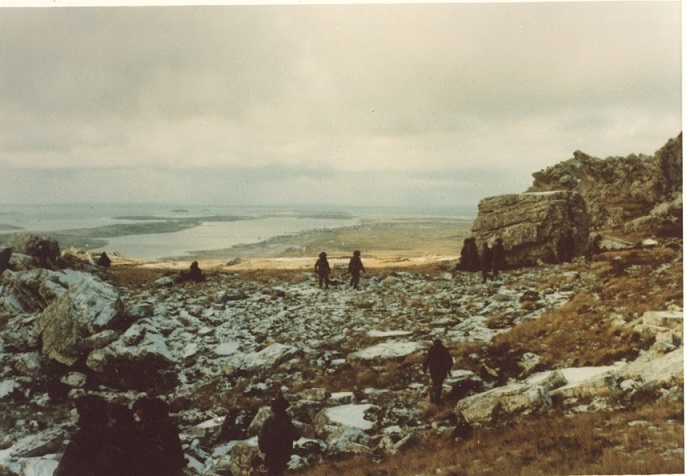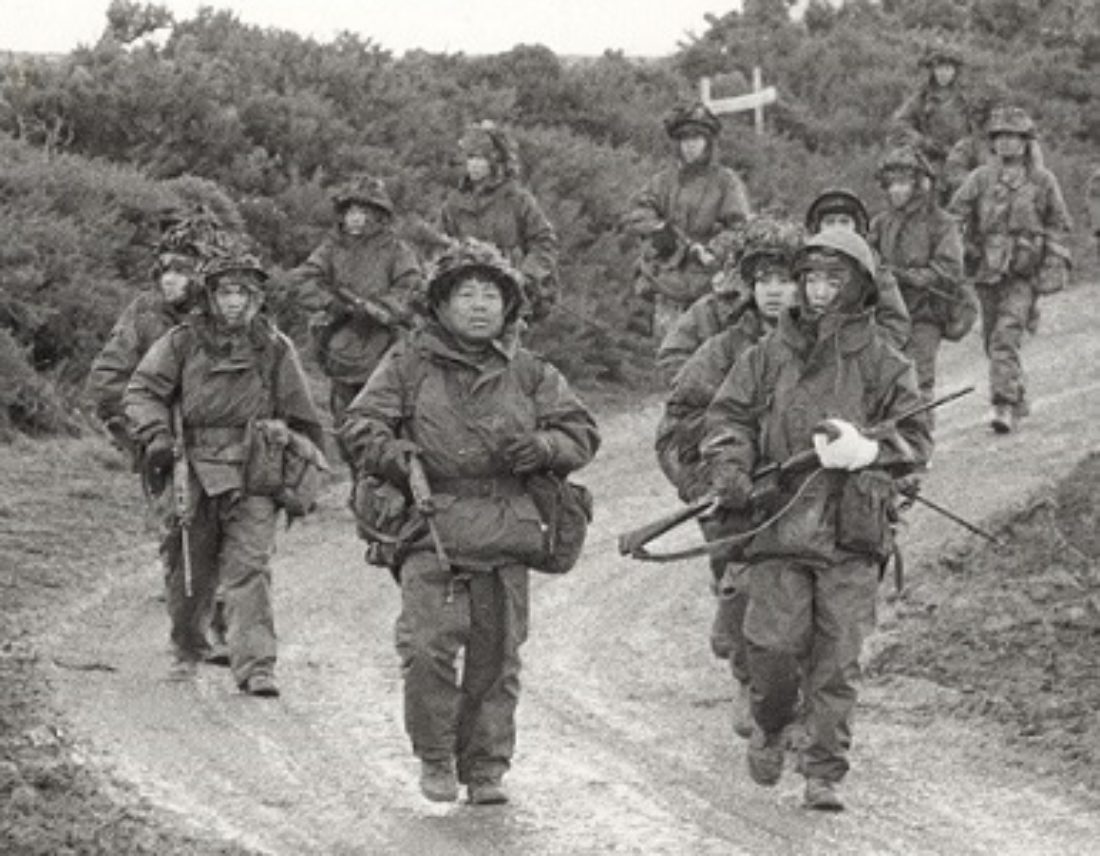Setting the Scene
 The Falkland Islands are a small archipelago off the east coast of southern South America made up of over seven-hundred islands. Their climate is often windswept, cold and wet, given their proximity to the Antarctic region. A number of nations have asserted claims over the islands during the history of their discovery and settlement with the most notable claims coming from Britain and Argentina, citing events in the early 19th century to support their respective positions.
The Falkland Islands are a small archipelago off the east coast of southern South America made up of over seven-hundred islands. Their climate is often windswept, cold and wet, given their proximity to the Antarctic region. A number of nations have asserted claims over the islands during the history of their discovery and settlement with the most notable claims coming from Britain and Argentina, citing events in the early 19th century to support their respective positions.
In early 1982, against a background of severe Argentinian economic unrest, the ruling military junta of Argentina attempted to use the longstanding dispute over the islands to stir up patriotic Argentinian feelings and ordered an invasion of the islands to assert their own claims to sovereignty. Despite initial successes after the arrival of invasion forces on April 2nd, Argentinian calculations that the British government would not be able to effectively respond proved incorrect. Soon British troops and ships were mobilized to retake the Falkland Islands under the codename Operation Corporate.
With the outbreak of hostilities, the 1st Battalion of the 7th Duke of Edinburgh’s Own Gurkha Rifles prepared for potential deployment to the Falklands as part of the 5th Infantry Brigade. Newly arrived in the Brigade, there was initial doubt about their inclusion, but after intense lobbying by the British Defence Attaché in Kathmandu the Battalion moved to Sennybridge in Wales for pre-deployment training alongside battalions of the Scots and Welsh Guards.
After training the Battalion returned to their Church Crookham Barracks (in a somber mood after the death of Sgt Ramparsad Limbu in a training accident) and received up-to-date radio equipment and were much photographed by the British press due to their upcoming deployment. They were also issued with two General Purpose Machine Guns per section, eight .50 heavy machine guns and MILAN anti-tank missiles, making the Battalion one of the most heavily armed in the upcoming conflict.
By May 12th the Battalion was ready to deploy and the men (alongside four members of 541 Troop of the Queen’s Gurkha Signals) were piped aboard the QE2 ocean liner at Southampton docks. For the next three weeks the soldiers kept fit and active despite their cramped surroundings, training under a programmed of ‘Tactical Exercises Without Land’ and celebrating the Battalion’s 80th Birthday during the voyage.
News report from 1969 on the Penguins in The Falkland Islands

 The Falkland Islands are a small archipelago off the east coast of southern South America made up of over seven-hundred islands. Their climate is often windswept, cold and wet, given their proximity to the Antarctic region. A number of nations have asserted claims over the islands during the history of their discovery and settlement with the most notable claims coming from Britain and Argentina, citing events in the early 19th century to support their respective positions.
The Falkland Islands are a small archipelago off the east coast of southern South America made up of over seven-hundred islands. Their climate is often windswept, cold and wet, given their proximity to the Antarctic region. A number of nations have asserted claims over the islands during the history of their discovery and settlement with the most notable claims coming from Britain and Argentina, citing events in the early 19th century to support their respective positions.
